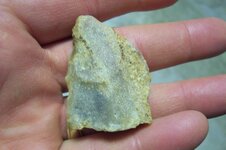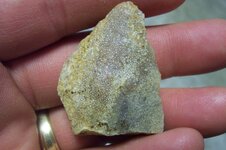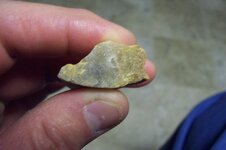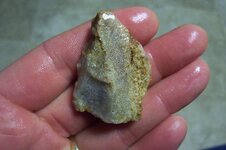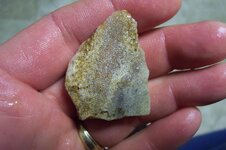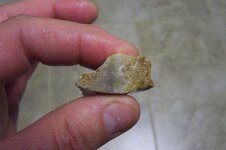rock
Gold Member
I was wondering if this was coral and if not what type it might be if it is a fossil? I have put this in other places and nobody seems to know. Maybe somebody here can tell me what type or what it is. It was found in NW Ga in a field far away from the ocean but still possible cause the NA Indians did trade. Thanks, rock
Attachments
Last edited:


